Israeli laser missile defense projects
According to known data, Israeli specialists took up the subject of combat lasers in the mid-seventies. Shortly before the leadership of the army and industry discussed the prospects for the development of weapons, and in 1974, the laser weapons research program was launched. With the participation of the companies IAI and Rafael, the main aspects of such weapons and built prototypes. In addition, it was possible to draw conclusions and determine the prospects of the whole direction.
In 1976, the laboratory tested the first gas-dynamic laser with a power of about 10 kW. Later began the development of chemical systems. Already these projects have allowed to determine the real future of the whole direction. First of all, experts have established that a combat laser with sufficient characteristics can be created only in the distant future - and only with a favorable set of circumstances. For some time, the idea of laser weapons was abandoned.
Nautilus Project
In the mid-nineties, Israel conducted research on tactical missile defense. It was planned to create new anti-missile systems capable of protecting the country from unguided enemy missiles. From a certain time, several ways to intercept ballistic targets have been considered. One of the proposals of this kind was to destroy the target with a high power laser.
In July, 1996, the United States and Israel agreed to develop a joint project of a promising combat laser complex. The project received the official designation THEL or MTHEL - (Mobile) Tactical High-Energy Laser. The Tactical High Energy Laser was also called the Nautilus. The aim of the project was to create a near-zone laser missile defense complex.
The United States was represented in the project by TRW (now part of Northrop Grumman), and the Israeli side was IAI. In accordance with the plans, already in 1998, the first “shooting” was to take place, and a year later the ready complex could reach the state of initial operational readiness. However, the project turned out to be too complicated, because of which the schedule of work was disrupted, and the finished sample did not enter service.
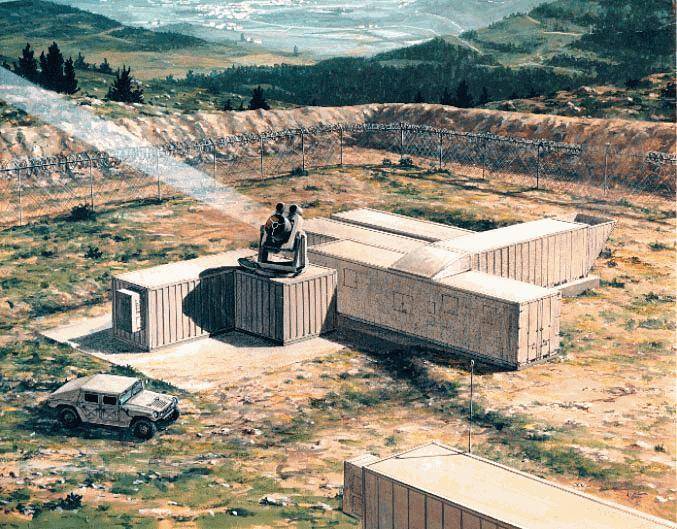
THEL in combat position. Figure Globalsecurity.org
The basis of the complex THEL / MTHEL was a chemical laser using deuterium fluoride. This product was supposed to develop power up to 2 MW, which, according to calculations, was enough to hit artillery shells and unguided rockets in flight. In this case, the laser itself needed a variety of additional equipment, ensuring its efficiency and the solution of the assigned combat missions. The full set of components of the complex, according to the technical requirements, could be performed in two versions: fixed and mobile.
In the course of the first tests, a THEL type missile defense system was used, made in the form of a fixed structure with a movable reflector on the roof. The laser system could direct the beam in two planes and “fire” targets in any part of the upper hemisphere. The system of mirrors on the mobile unit was supplemented with optical-electronic systems for searching and tracking targets. Automatics provided target tracking with simultaneous illumination with a combat laser. The transfer of thermal energy was supposed to destroy the target object.
The MTHEL project involved the creation of a similar complex, but in a mobile version. All the equipment of such a combat laser was to be mounted on semi-trailers. Initially it was proposed to use three such chassis, but later managed to abolish two of them. With similar fighting qualities, the MTHEL complex had obvious advantages over the stationary system. For the minimum time he could arrive at the specified position and prepare for work.
The development of a combat laser system for missile defense proved to be overly complex, with the result that the participants in the Nautilus project quickly got out of the set schedule. A prototype of a stationary complex was built only by the end of the nineties. The tests were able to begin almost later than the specified time to achieve the initial operational readiness. Nevertheless, the project was nevertheless completed and brought to the testing stage.
Beginning with the 2000 year, the prototype THEL regularly solved its tasks. The tests began with the guidance of a laser beam at a fixed target, followed by its destruction. Then began the development of target tracking and beam guidance. The last stage of the test provided for combat "shooting" at various targets, including those imitating real threats. In accordance with the terms of reference, the product "Nautilus" had to fight with unguided rockets and artillery shells, therefore, appropriate weapons were involved in the tests.
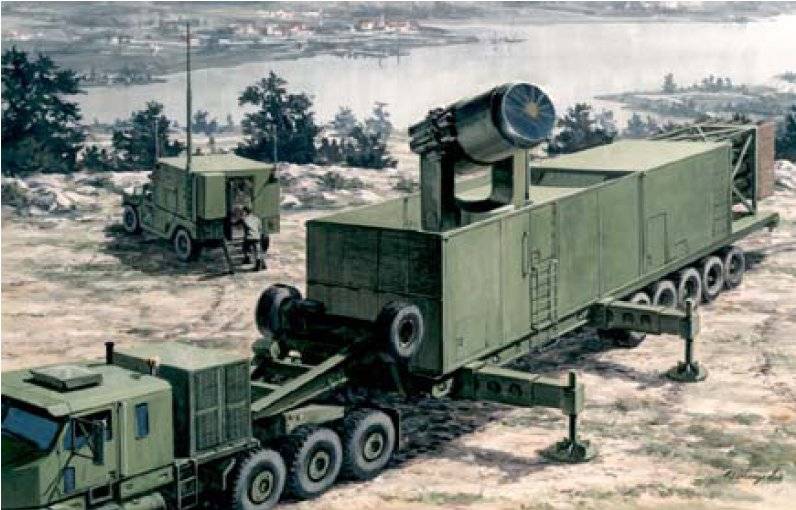
Mobile laser complex MTHEL. Figure Globalsecurity.org
During the 2000-2001 test, the THEL complex was able to successfully destroy 28 unguided missiles and 5 artillery shells moving along predictable ballistic trajectories in flight. The mobile version of the complex was not built and did not go to the landfill. However, the prospects of the MTHEL complex were clear without its trials.
The checks of the complex ended with some success, but the new weapon did not interest potential buyers. So, the Israeli command criticized him for the complexity and high cost with very limited characteristics. In 2005, Israel left the project (M) THEL and refused to further support the work. Soon the development of the missile defense system “Kipat Barzel” (“The Dome of the Gates”) began, hitting targets with interceptor missiles.
TRW / Northrop Grumman company independently continued the development of the THEL project, as a result of which a system called Skyguard appeared. Interestingly, a few years after the Israeli-American treaty was broken, Israeli officials began to mention the possibility of purchasing ready-made Skygard systems for use in their missile defense system. However, it didn’t go further than talk, and the Kipat Barzel complex was eventually adopted.
"Iron beam" for the "Iron Dome"
The “Iron Dome” missile defense complex was put on duty in 2011, and was soon able to show its capabilities. With all its advantages, this system is not without flaws. For example, it cannot hit targets in the near zone with a diameter of 3-4 km, and therefore needs some addition. A few years ago it became known that the “Dome” dead zone could be blocked by laser complexes.
At the beginning of 2014, the Israeli company Rafael for the first time presented a new project of a missile defense system called “Keren Barzel” (“Iron Ray”). It was proposed to build a mobile system on an automobile chassis capable of hitting different types of aerial targets with a laser beam. First of all, the targets of this complex were to be rockets, shells and mines. Also provided a high potential when working on unmanned aerial vehicles.
The Keren Barzel complex, also known as the Iron Beam HELWS (High-Energy Laser Weapon System), includes two trucks with containers accommodating laser systems. A high-power solid-state laser (tens or hundreds of kilowatts) is used, mounted on a two-plane pointing system controlled by digital equipment. For the detection of targets provides its own radar. The command center is responsible for the interaction of the components of the complex.
The Iron Ray complex must independently search for dangerous objects, and then direct one or two lasers at them. Depending on the type of target, for its destruction requires the transfer of thermal energy in a few seconds. Simultaneous "shooting" of two lasers on one object is possible. The maximum distance to the target was determined in 7 km.
In the spring of 2014, it was reported that a mock-up of the Keren Barzel complex showed its capabilities and, during actual tests, was able to hit over 90% of training targets. Soon it was announced that the complex could be brought to the series and put in troops over the next two years. However, the situation changed later. In 2015, the approximate term of admission to armaments was postponed to the beginning of the next decade. In the future, the Iron Beam HELWS laser complex ABM was repeatedly mentioned in the Israeli and foreign press, but new messages about the project’s success were not published.
"Gideon Shield" for new brigades
This year, the first reports appeared, according to which Israel may have another laser missile defense system at the tactical level. So far, very little is known about him, but the available information is of interest. In particular, she may hint at the successful completion of one of the existing projects or talk about the development of a completely new one.
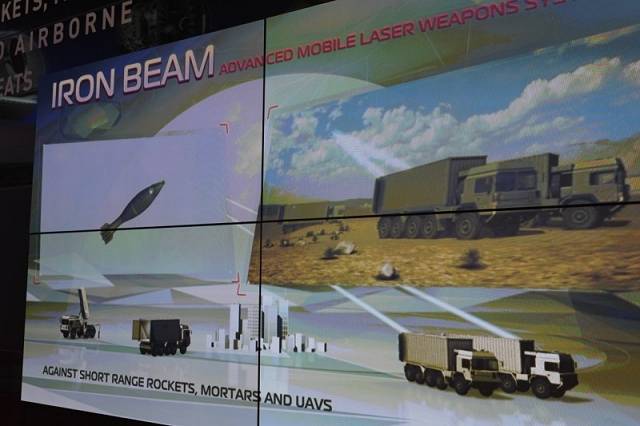
Advertising "Iron Ray". Photo by Oleggranovsky.livejournal.com
In the summer of this year, land forces exercises were held in Israel, during which a new structure of the Gideon brigade was being worked out. A similar compound includes tank, infantry and engineering battalions, as well as support units. As the press service of the Israel Defense Forces reported, as part of these exercises, several promising samples were tested for the first time in the field. Together with other products, the air defense and missile defense system Magen Gideon (Gideon's Shield) was tested.
According to the available data, which is fragmentary, the “Magen Gideon” complex is an air defense system and a missile defense system to protect against the various threats of the brigade operating at the leading edge. Means are available to prevent or repel an air strike, as well as systems to protect against artillery or rocket fire, including using unguided rockets. According to various sources, the “Shield” includes anti-aircraft guided missiles, electronic warfare and even a combat laser. However, details of this kind are missing. The characteristics of the laser remain unknown - unless, of course, it really is part of the complex.
In August of this year, the IDF announced plans for new designs, including an air defense and missile defense system “Magen Gideon”. At that time, an analysis of the past exercises was carried out, which is necessary for a full assessment of the actions of personnel and the effectiveness of weapons and equipment - including new air defense and missile defense systems. According to the results of such an analysis, new decisions will be taken, determining the further development of the ground forces. First of all, it is necessary to assess the real capabilities of the Gideon-type brigade. You also need to identify the need for mass use of the Gideon Shield complexes.
Secret and obvious
From open sources it is known that in Israel at least two or three advanced missile defense systems were developed, capable of hitting targets with the help of a high-power directed laser beam. Two samples of such weapons were shown, at least, in the form of promotional materials, and the third while may be the subject of controversy. The exact composition of the Magen Gideon complex remains unknown, and for the time being it is impossible to say with certainty whether it contains a combat laser.
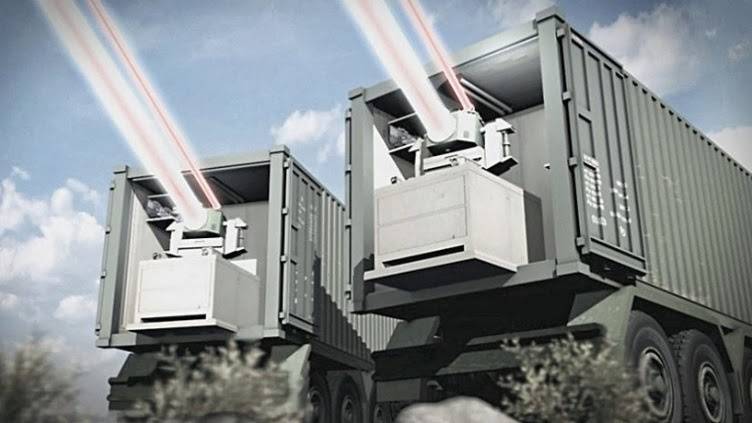
The facilities of the Keren Barzel complex are attacking an air object. Figure Rafael Advanced Defense Systems / rafael.co.il
It should be recalled that the Israeli armed forces are usually not in a hurry to disclose all the information about their new developments in the field of weapons and military equipment. Among other things, this means that somewhere in the secret Israeli bases there may be new combat laser complexes that the general public does not yet know about. However, we can not exclude another option: they do not tell about new complexes because of their absence.
One way or another, it is precisely known that the Israel Defense Forces have long shown a great interest in advanced laser weapons for various purposes. Systems of various classes are being created and, at a minimum, brought to the test. At the same time, for obvious reasons, the special interest of the command is attracted by air defense and missile defense systems capable of protecting troops or civilians from mines, shells and unguided rockets, which is already a usual threat.
Unfortunately, while Israel, apparently, can not boast of special success in the field of laser missile defense. The first project of a stationary and mobile laser system (M) THEL did not suit the Israeli side, and its further development was carried out by the American industry. The Keren Barzel system scored the highest marks, but its developers faced significant difficulties and postponed deployment timelines. Another complex, Magen Gideon, has already attracted the attention of specialists and the public, but it is not yet completely clear whether it belongs to the category of laser weapons.
Thus, at the moment, only missile systems are being operated in the Israeli missile defense system. There are no other systems based on bolder ideas. At the same time, some problems remain. Thus, the Keren Barzel laser complex is created as an addition to the Iron Dome system, and until it is put into service, the latter remains without an effective means of protecting the near zone.
Nevertheless, Israel continues to work and in the foreseeable future may get some results. Over the next few years, we should expect reports on the appearance of completely new laser missile defense systems or on the completion of work on already known projects. However, this will happen only in the future, but for now the tasks of protecting the country are not solved by futuristic and unusual, but reliable and proven missile systems.
On the materials of the sites:
http://rafael.co.il/
https://nytimes.com/
http://newsru.co.il/
https://defense-update.com/
https://globalsecurity.org/
https://armyrecognition.com/
https://bmpd.livejournal.com/
https://oleggranovsky.livejournal.com/
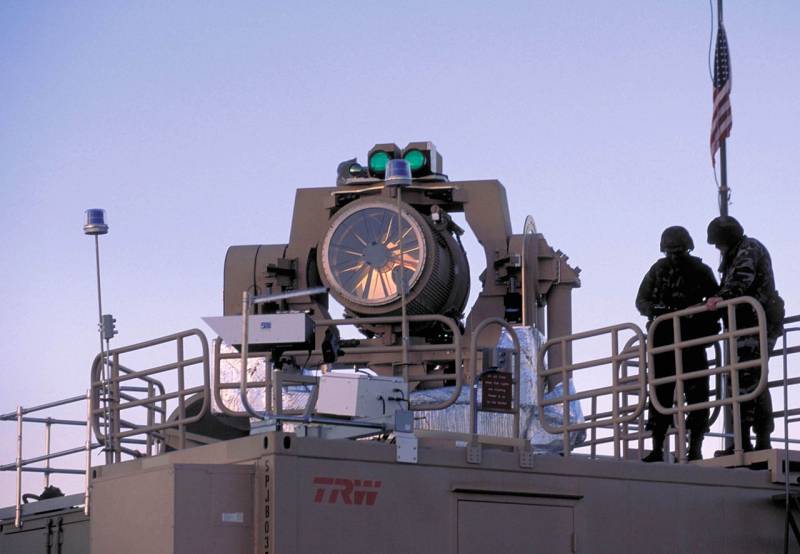
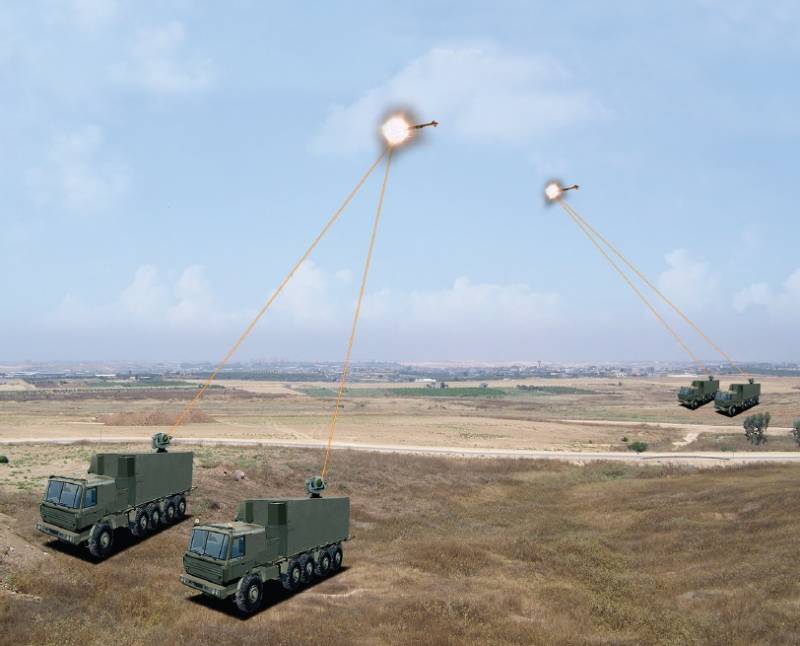
Information